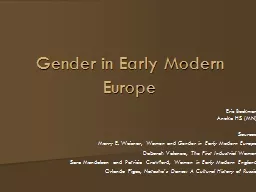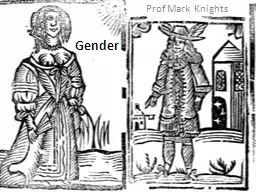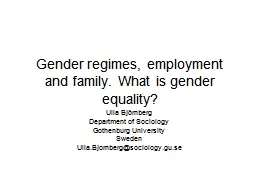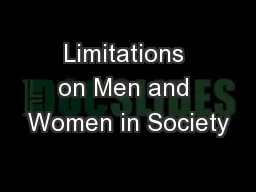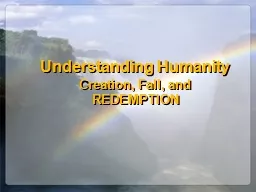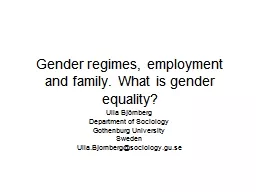PPT-Gender and Redemption: Jesus came so that humanity (both men and women) would be bought
Author : phoebe-click | Published Date : 2018-10-24
Introduction The Bible is a three part story 1Creation Ideal Genesis 1amp2 2The Fall Genesis 3 and much of the Bible 3Redemption What Jesus teaches and does and
Presentation Embed Code
Download Presentation
Download Presentation The PPT/PDF document "Gender and Redemption: Jesus came so tha..." is the property of its rightful owner. Permission is granted to download and print the materials on this website for personal, non-commercial use only, and to display it on your personal computer provided you do not modify the materials and that you retain all copyright notices contained in the materials. By downloading content from our website, you accept the terms of this agreement.
Gender and Redemption: Jesus came so that humanity (both men and women) would be bought: Transcript
Download Rules Of Document
"Gender and Redemption: Jesus came so that humanity (both men and women) would be bought"The content belongs to its owner. You may download and print it for personal use, without modification, and keep all copyright notices. By downloading, you agree to these terms.
Related Documents


